16 Outrageous Dog Behaviors and Their Hidden Meaning
Understanding dog behavior helps us listen to their unheard non-verbal cues and fosters a deeper connection. It’s an art, a skill that evolves. A little patience and closer observation help parents discern the meaning behind the wagging tails, howls, and playful antics. Continue reading as we help you decode the meaning behind 16 common dog behaviors and the possible reasons behind them.
Tail Wagging
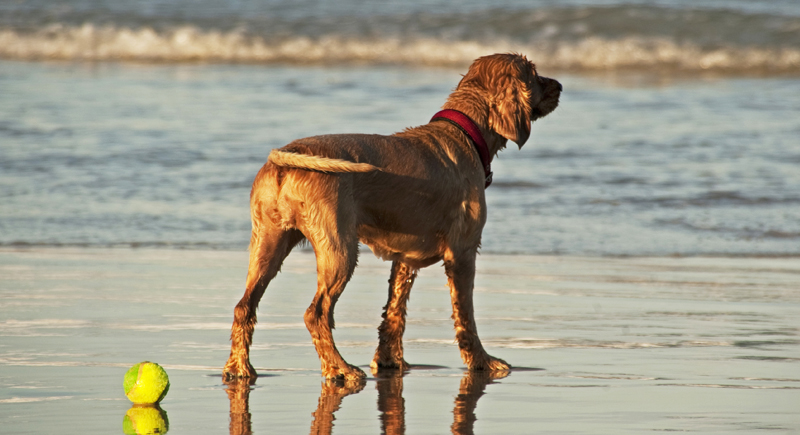
Credit: iStockphoto
Dogs speak volumes through their tails. A wagging tail isn’t just a sign of happiness; it’s a nuanced language. High-wagging tails indicate excitement while low-wagging tails could mean submission or uncertainty. Pay attention to the tail’s speed, position, and direction to understand their thoughts better. It’s fascinating how a simple tail wag can convey so much.
Chewing
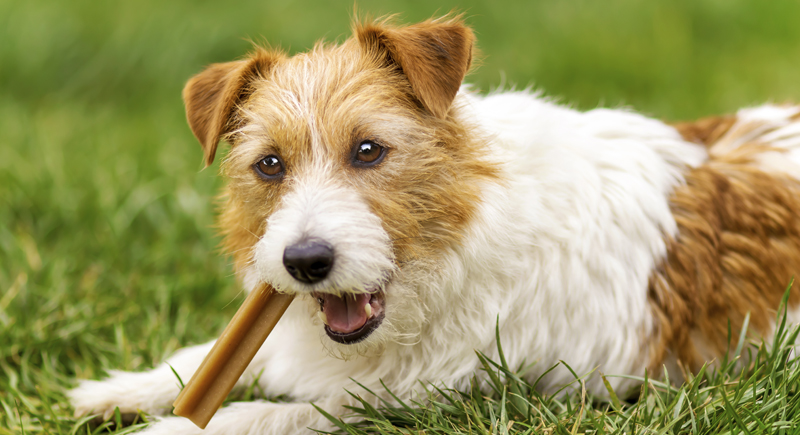
Credit: iStockphoto
Doggos love to chew, and it’s not just about keeping busy. Puppies chew to relieve teething pain, while older dogs might chew to cope with stress. Destructive chewing often signals boredom. A little tip: keep them entertained with toys and treats, and spend quality time with them. Your shoes will thank you!
Changing Ear Positions

Credit: iStockphoto
Dogs’ ears are like antennas broadcasting their emotions. Raised ears mean alertness and curiosity, while flattened ears signal fear or submission. Watching your dog’s ear positions can give you valuable insights into their feelings. It’s like tuning into a canine radio station.
Yawning

Credit: iStockphoto
Dogs yawn for various reasons beyond tiredness. They yawn when confused, under pressure, or facing a threat. Context helps distinguish between a sleepy yawn and a stress-relief yawn. A sleepy yawn often comes with drooping eyelids, while a stress yawn might occur in unfamiliar situations. Who knew yawning could be so complex?
Head Tilting
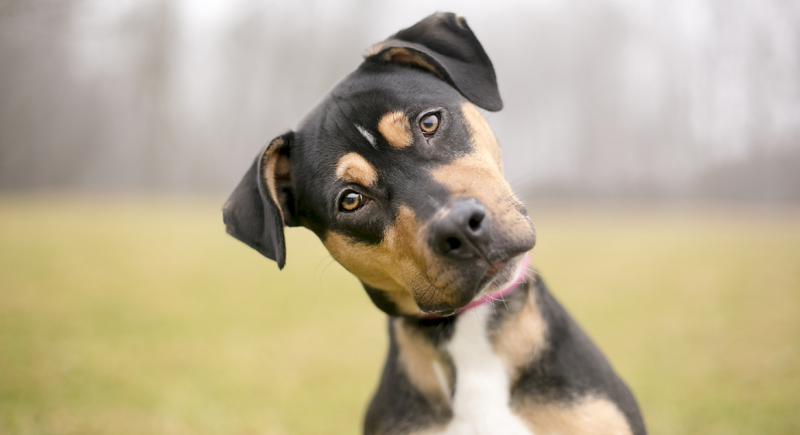
Credit: iStockphoto
Ever noticed your dog tilting its head when you speak? This adorable gesture helps them focus on vocal cues. Dogs can understand around 165 human words, and head tilting is their way of making sense of what we say. It’s like they’re trying to solve a little puzzle.
Standing on Hind Legs
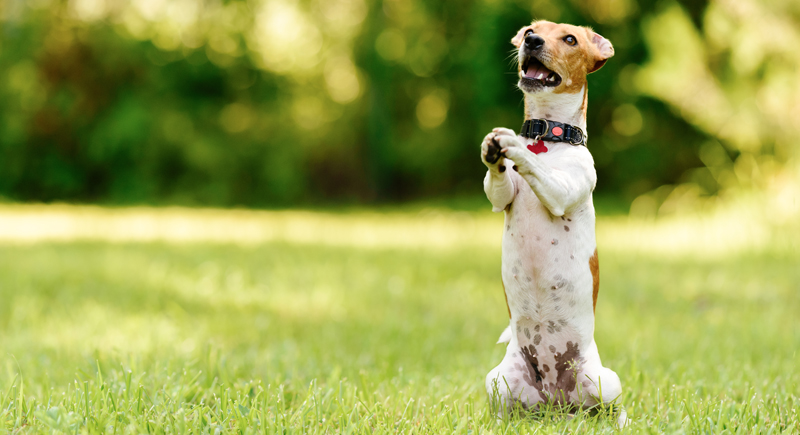
Credit: iStockphoto
When a dog stands on its hind legs, it’s often a sign of affection or a desire for a treat. They also do this to get a better view of their surroundings. It’s a common playful gesture, especially around other dogs. Next time your dog stands tall, give them a hug or a treat!
Bringing Toys
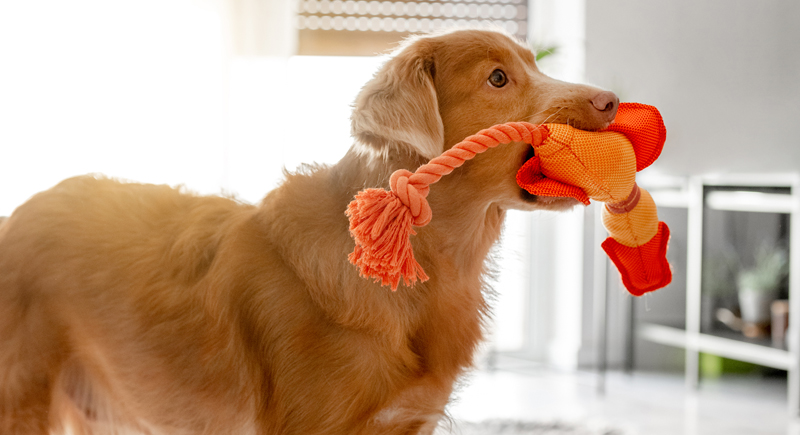
Credit: iStockphoto
Dogs love to bring their toys to their owners, and it’s not just a play invitation. It’s a gesture of comfort and trust. They’re showing off their prized possessions, much like a kid with their favorite toy. Appreciate the moment and give them some loving words.
Exposing Belly

Credit: iStockphoto
When a dog exposes its belly, it’s usually a sign of submission or playfulness. A gentle rub or massage is often welcomed and appreciated. While it’s mostly a sign of affection, it can also be a defensive posture. Always read the room!
Puppy Eyes
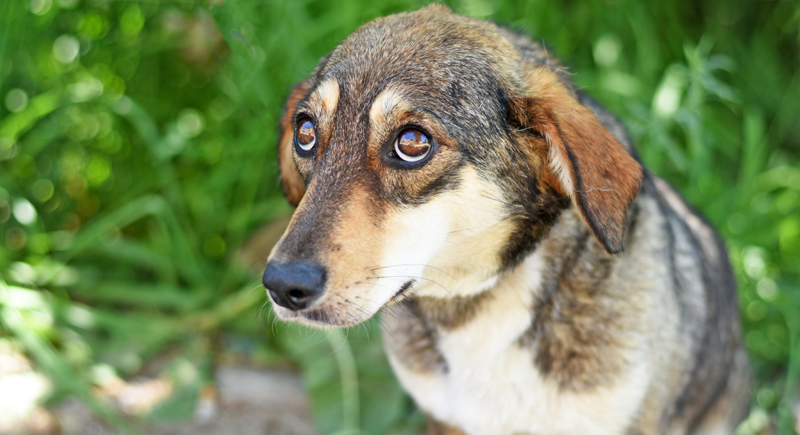
Credit: iStockphoto
Dogs are masters of the puppy eyes, using them to their advantage. This look often means they’re seeking attention, treats, or affection. It’s hard to resist those big, innocent eyes. They know how to pull at our heartstrings and get what they want.
Barking
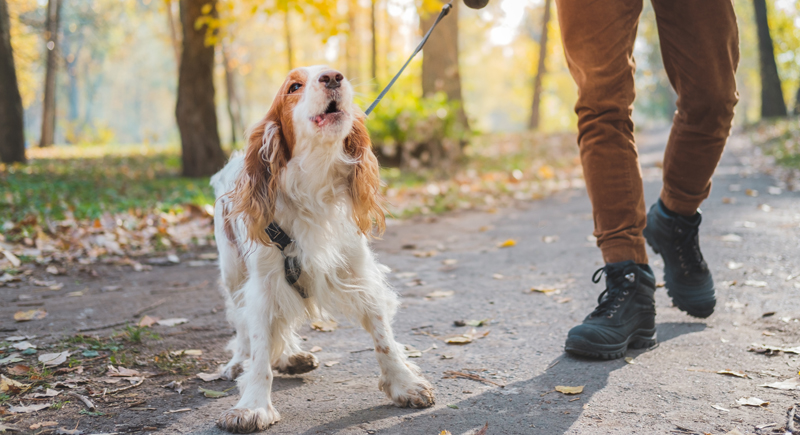
Credit: iStockphoto
Barking is a versatile form of communication for dogs. Different pitches, durations, and frequencies convey various messages. Loud, rapid barking often signals fear or a warning, while short barks indicate friendliness. A sharp yelp usually means they need help. Barking is their way of speaking to us.
Stretching

Credit: iStockphoto
Dogs stretch not just to warm up their muscles but also as a greeting. When they stretch after a nap or when you come home, they’re saying, “Hey, I’m excited to see you!” It’s a little canine welcome gesture. Give them a hug and some love.
Panting
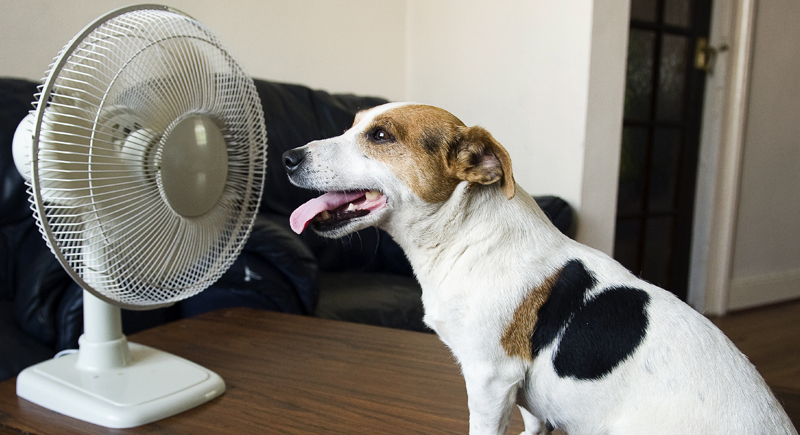
Credit: iStockphoto
Dogs pant to regulate body temperature, relieve stress, or prevent heatstroke. They also pant when excited. Certain medications can lead to excessive panting. If you notice unusual panting, it might be worth a vet visit. It’s all about keeping them comfortable and healthy.
Growling

Credit: iStockphoto
Growling can mean different things depending on the situation. A medium growl usually signals protection, territoriality, or aggression, while a soft growl often indicates playfulness. Understanding the context and responding appropriately is crucial. Always approach growling with caution and care.
Sniffing the Air
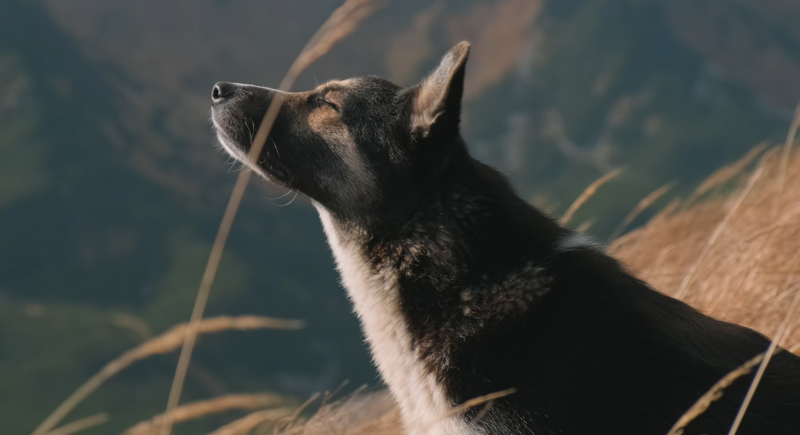
Credit: iStockphoto
Dogs have an exceptional sense of smell and sniff the air to explore their surroundings. They’re checking for other animals, potential threats, or prey. Sniffing provides mental stimulation and helps them gather information about their environment. It’s like their version of browsing the internet!
Raising Paws
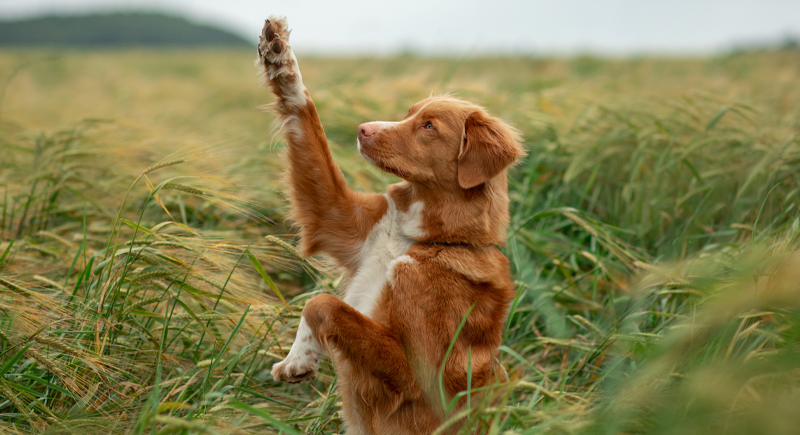
Credit: iStockphoto
Dogs raise their paws to get their human’s attention, expressing a desire for interaction. They might place their paws on you to show love and seek closeness. This gesture is their way of saying, “Hey, pay attention to me!” It’s a sweet reminder to give them some extra love.